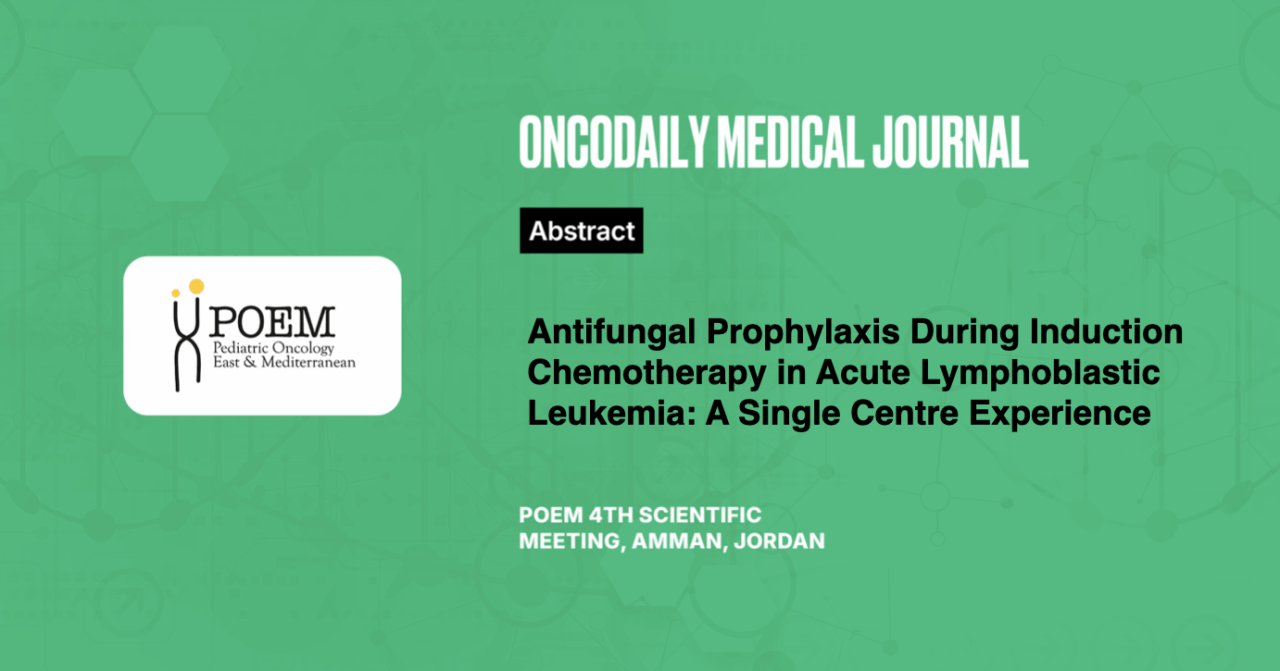Antifungal Prophylaxis During Induction Chemotherapy in Acute Lymphoblastic Leukemia: A Single Centre Experience
Abstract
Introduction: The incidence of fungal infections during induction chemotherapy for pediatric acute lymphoblastic leukemia (ALL) varies across studies, with reported rates ranging from 3% to 24%. However, these fungal infections can cause interruptions in the management, failure of induction, and possible mortality. Hereby, we present our experience of fungal infections in the induction chemotherapy of ALL.
Methodology: This is a retrospective observational study conducted at a tertiary-care Pediatric oncology center in western India from January 2020 to January 2025. About 38 patients with ALL were enrolled, which ranged from the age group of 0-18 years and included both newly diagnosed and refractory/relapsed ALL cases treated as per the UK-ALL 2011 protocol and R3 protocol, respectively. All the study participants received liposomal amphotericin B during the Induction chemotherapy on alternate days at 2 mg/kg (Monday, Wednesday, and Friday). We reviewed our incidence of invasive and non-invasive fungal infections in the study group.
Results: Out of all the participants (38), we had just one just 1 case of proven invasive pulmonary aspergillosis (2.6% incidence). There was another patient who had pulmonary aspergillosis at the time of presentation.
Conclusion: There is variability in the incidence of fungal infections during induction chemotherapy for pediatric ALL, influenced by factors such as the intensity of chemotherapy regimens, the use of antifungal prophylaxis, and regional differences in healthcare practices. In India, the incidence is much higher and actually under-reported. There is no uniformity in the current antifungal prophylaxis regimen across India during induction chemotherapy for ALL in the pediatric population. Considering the higher incidence of fungal infections in general in India, we propose the routine use of antifungal prophylaxis during Induction chemotherapy for ALL in the pediatric population.





